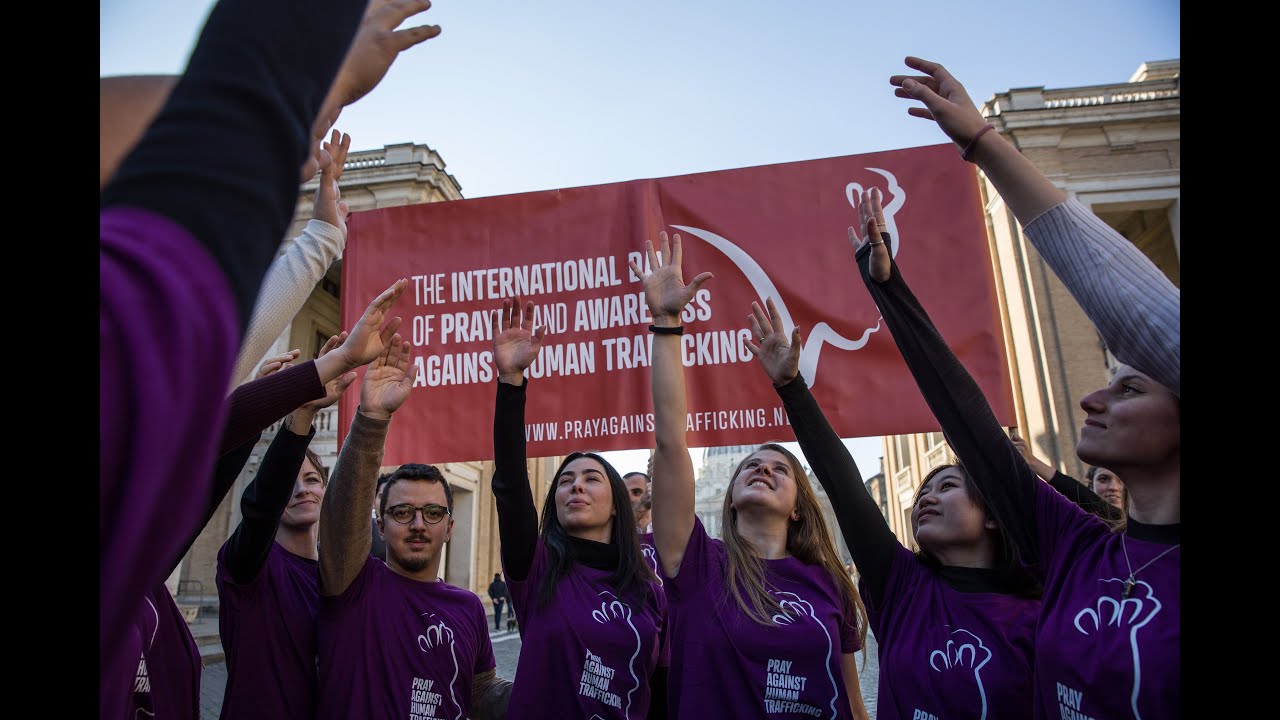
NGOCSTIP – Global collaboration can end human trafficking by bringing together countries, organizations, and communities in a unified effort. Human trafficking is a serious crime that affects millions of individuals worldwide. Victims are exploited for labor, sexual services, and various other forms of abuse. Despite numerous efforts to combat this crime, it continues to thrive, fueled by globalization and its complexity. To successfully eradicate human trafficking, cooperation on a global scale is crucial. In this article, we will discuss how working together internationally can make a significant impact in the fight against this ongoing issue.
Human trafficking is a transnational crime that crosses borders. Traffickers exploit weaknesses in legal systems, economic disparity, and lack of international coordination to maintain their operations. Countries need to unite their resources, share intelligence, and create common strategies to effectively address this issue. Without cross-border cooperation, traffickers will continue to exploit legal loopholes and geographical advantages.
One important form of international collaboration is the establishment of treaties and agreements between countries. For example, the United Nations Convention against Transnational Organized Crime and its protocols on human trafficking aim to harmonize efforts across nations. This treaty provides a legal framework for international cooperation, ensuring that countries work together to apprehend traffickers and protect victims.
“Read about: Tina’s Triumph: Rising Above the Trauma of Human Trafficking”
A major hurdle in combatting human trafficking is the lack of coordination between law enforcement agencies across borders. Criminals involved in trafficking operations can easily move victims across countries, making it challenging to track and apprehend them. International collaboration allows law enforcement agencies to exchange information, share resources, and coordinate investigations. Programs such as INTERPOL and Europol help improve the effectiveness of cross-border law enforcement cooperation.
These organizations facilitate information sharing and assist in joint operations between law enforcement agencies from different countries. They also provide training and technical support to improve the capacity of local police forces to deal with trafficking cases. By working together, law enforcement agencies can create a more efficient and effective response to human trafficking.
In addition to strengthening law enforcement collaboration, international cooperation plays a critical role in providing support and rehabilitation for victims of human trafficking. It is vital for countries to share best practices and resources for victim protection. Global collaboration enables the establishment of shelters, counseling services, and legal assistance programs for survivors.
International NGOs and humanitarian organizations also play a critical role in this aspect. Organizations like the International Organization for Migration (IOM) and Save the Children provide valuable support in both rescue operations and long-term recovery for victims. By working together across borders, these organizations ensure that victims are not only rescued but also given the tools and support needed to reintegrate into society.
Human trafficking is often driven by poverty and lack of economic opportunities. Countries that work together to improve economic conditions and social welfare systems can reduce the risks that make people vulnerable to trafficking. By addressing the root causes of human trafficking, nations can prevent individuals from falling into the hands of traffickers in the first place.
In regions where trafficking is rampant, international organizations can collaborate with local governments to provide education, job training, and economic opportunities. This proactive approach helps reduce the demand for trafficked individuals while empowering vulnerable communities to resist exploitation.
In the modern world, technology plays a crucial role in facilitating international collaboration. From advanced data sharing platforms to real-time communication between law enforcement agencies, technology enhances the ability to fight human trafficking. Online tools enable the identification of trafficking patterns, coordination of rescue efforts, and tracking of criminals.
Additionally, technology can be used to raise awareness about human trafficking. Social media platforms and digital campaigns help inform the public and educate people about the signs of trafficking. This allows communities to better recognize and report suspicious activity, further assisting law enforcement efforts.
“Read more: Garage Door Hardware 101: Everything You Need to Know”
Finally, raising global awareness about human trafficking is essential to mobilizing support for international efforts. Communities need to understand the signs of trafficking and know how to report it. Governments, NGOs, and global organizations should work together to create public awareness campaigns and educational programs that encourage collective action.
Collaboration also means empowering local communities to take a stand against trafficking. Community involvement in the fight against human trafficking increases the chances of successful prevention and intervention. Local partnerships with international organizations allow communities to have a direct impact on ending trafficking in their regions.